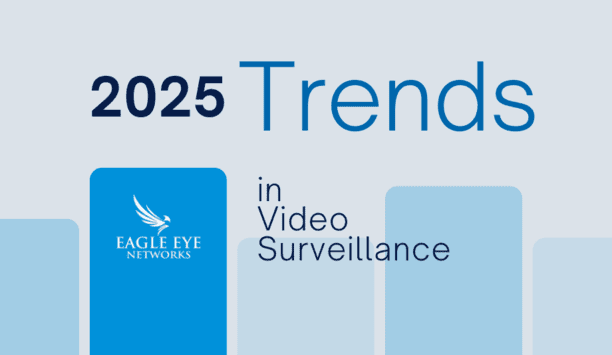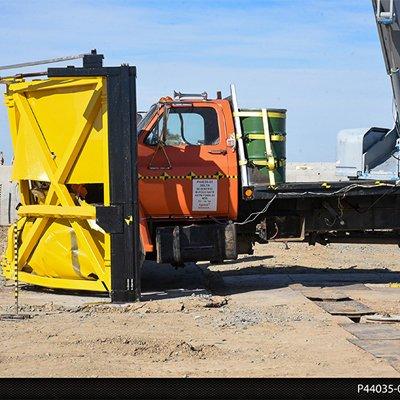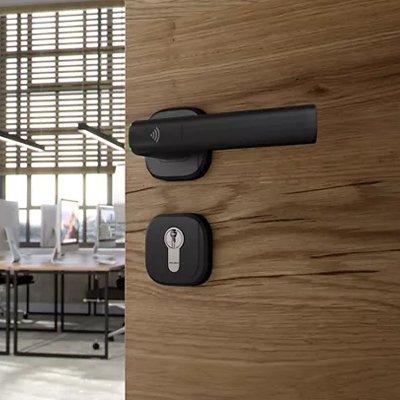What are the key trends in video management systems?
Editor Introduction
Digital video systems are driven by software, whether it’s in the cloud, installed on an off-the-shelf server, contained inside a dedicated appliance, or even inside the camera at the edge. Like many elements used for physical security, video management software (VMS) is changing with the times and to meet new challenges in the market. We asked this week’s Expert Panel Roundtable: What are the key trends in video management systems (VMSs)?
As the VMS market continues to mature, end-users are looking for more proactive information from these systems. The photo of the person who stole your car last night or the gang that broke into your business isn’t tremendously valuable in today’s law enforcement world, so we must produce more proactive, real-time information about the status of the estate. Analytics are advancing with the improvements in the processing power of edge devices and are now key to learning and understanding how humans interact with our buildings and environments. This knowledge allows us to build ‘smarter’ facilities that better serve the needs of the users. End-users want to be able to access the full range of VMS features via mobile devices and to interact with VMS systems as if they were sitting at their desk. Since COVID-19, people want not only to operate but also to manage systems and resources remotely.
The use of cloud storage and Video as a Service (VaaS) are two key trends that continue to shape the way VMS technology is developing. Linked to this are video analytics and biometrics, which continue to be key drivers. Another area that is always of interest is facial recognition, something that is very popular for personal mobile devices, but which is more divisive in public security. We have seen a big push-back on its use in the U.S., for example, and many governments are less keen to use it, but we may well see greater eagerness in private sector adoption. We are likely to see an ever-increasing use of video analytics on the edge for the greater flexibility, and we are seeing a demand for integrated applications, which enable security operators to control all their security systems from one portal (whether they favour their access control or surveillance portal, etc).
2022 is looking to be a promising year for automation and intelligence. Now that video analytics and other video automation capabilities are becoming more and more commonplace, we see it as a big area of innovation for VMS. As they can ingest more data both in terms of variety and quantity, analytics are able to filter out that data to provide qualified information. The next step is to make that information more relevant or easily digestible, and to trigger actions in the system. Rules-based correlation engines, workflows, and other processes in the back end that help trigger alarms or present just the right amount of information at the right time will be key to that transformation to smarter video management systems. We expect the visualisation layer to also get more intuitive and adaptable as we see operations evolve and new personas using the systems.
An important trend in VMS evolution is the move towards cloud or cloud-hybrid infrastructures that enable efficient new workflows and storage options. The reduction in upfront hardware costs and maintenance are particularly appealing for some customers. Many organisations prefer a hybrid environment with a balanced mix of on-premises hardware and storage components and a bridge to the cloud for longer-term retention and efficient sharing of important video clips. Because AI-based camera analytics are also trending, compatible VMSs that can provide enhanced operations and business intelligence based on this enhanced metadata are becoming vital to organisations. As the pandemic continues to challenge businesses, much of the crucial flexibility required by operations and security is enabled by edge-based cameras and VMSs that support secure remote access. The added agility of having access to the VMS via smartphones, tablets, and browsers remains crucial to keeping properties and assets secure.
Video management systems are necessary for mission-critical organisations because they are the foundational application that security systems are built upon. Therefore, VMS architecture should promote interoperability, scalability, and reliability. But the VMS systems of yesterday are not ideally suited to meet the evolving risks that modern companies face. In addition to emerging security issues, cybersecurity is also critical to consider. That is why video management must evolve. As more organisations adopt an IT-centric security infrastructure, IT leaders are becoming more involved in selecting and deploying these once traditional physical security solutions and looking for systems that support modern IT-based strategies. For example, containerised VMS can create a scalable, simple-to-use, and robust solution designed to fit the organisation’s specific needs — built on the IT infrastructure companies rely on each day.
The purchase, deployment, and maintenance of VMSs have been a traditional process in the past. After selecting the video system that works for an organisation, a systems integrator partner installs it and maintains it for a fee. But times have changed. With the demand for cloud services and an increased desire by end-users to make security an operational rather than a capital expense, this model is evolving. Subscriptions-based and as-a-service VMS models are a valuable option for enhancing technology acquisition selection and management. Subscriptions scale better, enhance the customer experience, and hold the promise of recurring and more predictable costs. The VMS subscription model complements a flexible and scalable solution and helps to improve the customer experience and lengthens the ongoing service delivered by product providers. And it makes it easier and simple to afford and access because upfront infrastructure costs are eliminated or reduced.
The key trend in the video space is the move to the Cloud. Instead of deploying and maintaining complex servers and storage systems, customers simply add their onsite video into Cloud-based software offered as a service. Besides the obvious infrastructure benefits and cost savings, moving to the cloud allows customers the flexibility to integrate easily with other systems. Utilising a next-gen PSIM (physical security information management) platform, also delivered in the cloud, customers can easily leverage a wide variety of the latest artificial intelligence, mobile, mapping, access control, IoT, as well as a vast ecosystem of business systems – bringing this all into a single security operation interface. Video provides much situational awareness when combined with other alerts and systems, providing security operations teams the real-time information they need to coordinate effective responses to events.
Editor Summary
Historically, the role of video surveillance has been forensic; that is, it was used to solve a crime or observe a situation after the fact. However, with newer technologies transforming the physical security market, the role of video management is also evolving from a forensic tool into a new role providing real-time situational awareness. Furthermore, video management systems are changing how they are delivered and deployed, including a shift from on-premise delivery to cloud-based systems that are provided as a subscription service.
- Related companies
- TDSi
- Verint Systems
- Genetec, Inc.
- 3xLOGIC, Inc.
- SureView Systems
- Edge360
- Hanwha Vision America
- Related links
- Genetec Access control software
- Genetec Access control controllers
- Genetec CCTV software
- TDSi Access control software
- TDSi CCTV cameras
- TDSi Access control controllers
- TDSi CCTV software
- Verint CCTV software
- ANPR Software CCTV software
- Infrared CCTV cameras
- GSM Intruder alarm communicators
- Standalone Access control controllers
- Broadcast Messenger Access control software
- Contact Access control software
- PSTN Intruder alarm communicators
- Drawing Software CCTV software
- Thermal CCTV cameras
- Mifare Access control software
- Carpool Anti-passback Access control software
- IP Surveillance Software CCTV software
- Pinhole CCTV cameras
- Smart Card Access control software
- Management Software CCTV software
- Central Monitoring Option Access control software
- Combined online/offline solution Access control software
- IP / GPRS Intruder alarm communicators
- Surveillance Software CCTV software
- Face Recognition Software Access control software
- ID Badging Software License Access control software
- Management Systems Upgrade Access control software
- NStar software upgrade Access control software
- Remote software for telecode door entry phone system Access control software
- Server software for MSDE Access control software
- Visitor Management tool Access control software
- View all news from
- TDSi
- Verint Systems
- Genetec, Inc.
- 3xLOGIC, Inc.
- SureView Systems
- Edge360
- Hanwha Vision America
Expert commentary
A modern guide to data loss prevention
Download7 proven solutions for law enforcement key control and asset management
DownloadSecurity practices for hotels
Download2025 Trends in video surveillance
DownloadMaximising security and performance
DownloadDelta Scientific DCS8000 Bi-Fold Speed Gate
ASSA ABLOY Aperio H100 Wireless Access Control Handle
NordLayer: Comprehensive Network Security for Modern Workforce






















